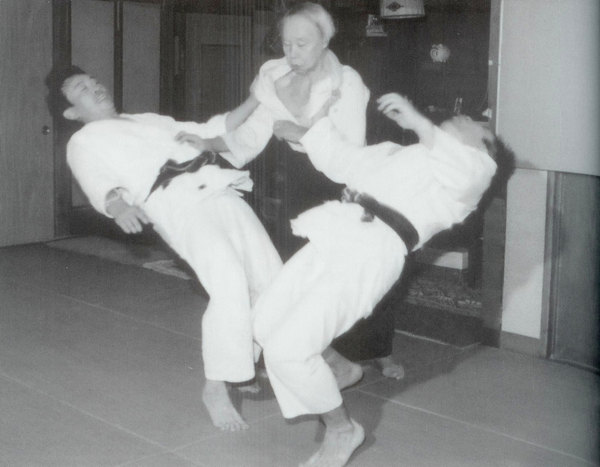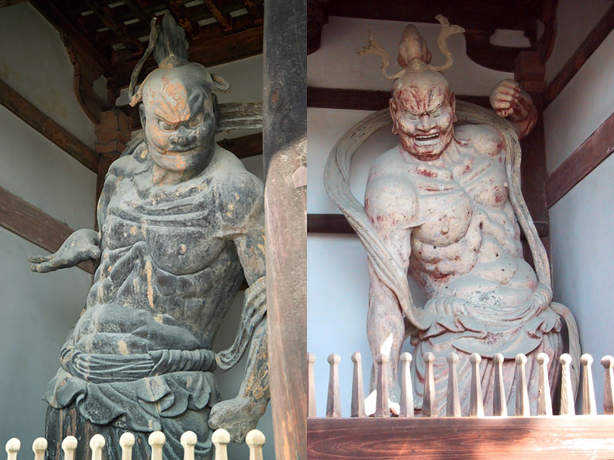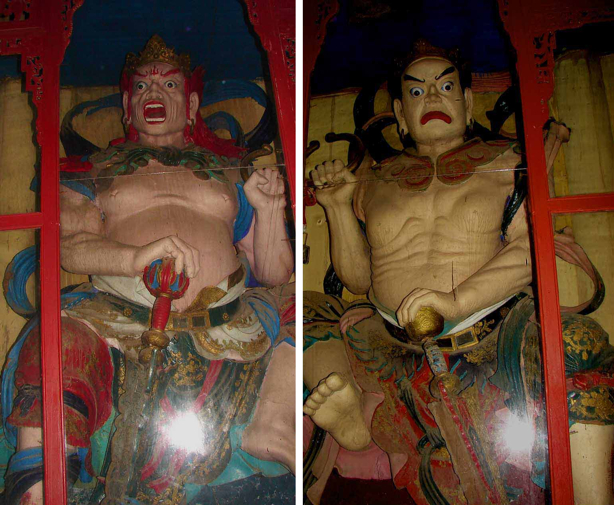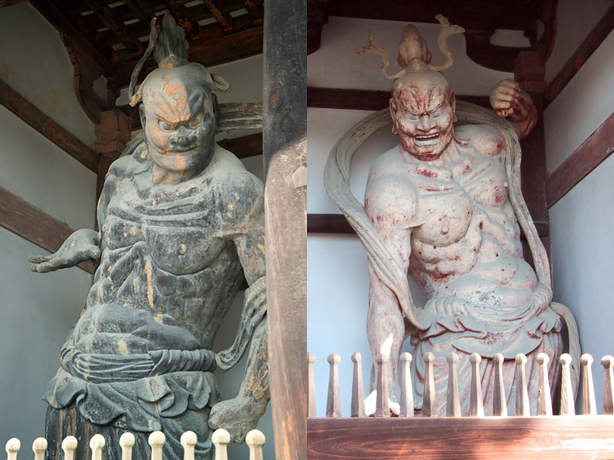
Yukiyoshi Sagawa werpt Tatsuo Kimura (links) en Masaru Takahashi (rechts)
*This is a Dutch translation of the article “Sagawa Yukiyoshi, Masaru Takahashi and Breath Training in Daito-ryu“, courtesy of Ernesto Lemke of Seikokan Aikido / Aikido Leeuwarden – you can also find him on the Aikido Leeuwarden page on Facebook.
「陰 陽合気法」は呼吸法によって臍下丹田に気を充実させ、気力集中をはかって精神統一をするというもので、五指を握り、静かに入息するを「陰」、五指を強く開 き、出息するを「陽」と呼ぶ、とあり、この呼吸法を続けることによって、頭脳明晰となり、眼力は鋭く、「心」「気」「力」一致し、大勇猛心を養い、特に両 手十指それぞれの活用により、神通力を高める。
“In-yo Aiki-ho“ vult de Seika Tanden met Ki door Kokyu-ho en is erop gericht om de Ki-ryoku te focussen via mentale concentratie. Het sluiten van de vijf vingers en zacht te inhaleren wordt ‘In’ (‘Yin’) genoemd, de vingers krachtig openen en uitademen wordt ‘Yo’ (‘Yang’) genoemd. Door deze ademhalingsmethode te continueren wordt de geest helder, het zicht scherp, de ‘spirit’, ‘ki’ en ‘kracht’ worden verenigd, moed wordt ontwikkeld en in het bijzonder verschaffen de verscheidene praktische toepassingen van de tien vingers van beide handen toegang tot bovenmenselijke krachten.
– Tokimune Takeda – zoon van Sokaku Takeda, en Soke van Daito-ryu Aiki Budo
In-yo Aiki-ho, Kokyu-ho en Chousoku (Het reguleren van de ademhaling)
Masaru Takahashi (高橋賢) trad toe tot de Sagawa Dojo op 5 mei van het Showa jaar 47 (1972).
Als een van de gevorderde leerlingen van de beroemde Daito-ryu leraar Yukiyoshi Sagawa, die zelf een gevorderde leerling was van Sokaku Takeda, geeft Takahashi les aan de Sagawa-den Daito-ryu Aiki Budo Sagamihara branch dojo (佐川伝大東流合氣武道相模原支部) en aan de Daito-ryu Sagawa Dojo hombu (大東流佐川道場本部) in Kodaira stad.
Hij publiceerde ook een aantal boeken en artikelen over de Japanse krijgskunsten en Daito-ryu.
Dit artikel is een uitreksel over adem training in Daito-ryu uit Takahashi’s boek ‘De Waarheid over Daito-ryu Aiki’ (大東流合気の真実), die gepubliceerd werd in het Japans door Fukushodo Co. Ltd. in September 2007.
De karakters 調息 (“Chousoku” / “Het reguleren van de ademhaling”) worden gebruikt om te verwijzen naar de methode die werd onderwezen in de Sagawa Dojo – dezelfde karakters die gebruikt worden in het Chinees om te refereren naar “Tiao Xi”, Chinese Daoist ademhalingsmethodes.
De legendarische Zhang Sanfeng (張三豐), de legendarische Chinese Taoïstische priester die vaak wordt aangewezen als de stichter van Taijiquan, sprak over “Tiao Xi” in de 13e eeuw “Daoyan qianjin shuo” (道言淺近說):
“Wanneer het hart en de geest kalm worden en onder de navel gaat heet dat het leegmaken van hart/geest, wanneer de adem zich verzamelt en onder de navel gaat het dat gereguleerde ademhaling (調息).”

![Sagawa Yukiyoshi, Masaru Takahashi en Adem Training in Daito-ryu [Dutch Version]](https://www.aikidosangenkai.org/blog/wp-content/media/sagawa-takahashi-kimura.jpeg)
![Aiki, Iki, Kokyu, Heng-Ha en Aun [Dutch Version]](https://www.aikidosangenkai.org/blog/wp-content/media/aun-kongo-rikishi-horyuji.jpg)



